
- INTRODUCTION
- CONCEPT NOTE
- INDIA’S OPPORTUNITY
- DEMONSTRATED QUANTUM
- JOURNEY AHEAD
- SANKALP YATRA
- FLAGSHIP SCHEMES
- COMMITTEE MEMBERS
- ACTIVITY PLAN
- NOTICES
- EXTENSION ACTIVITIES
- FORM
- EMAILS REPORTS
- PHOTO GALLERY
- DOWNLOADS
- SOCIAL MEDIA
- AWARD & ACCOLADES
INTRODUCTION
Viksit Bharat@2047 is the vision of Government of India to make India a developed nation by 2047, the 100th year of its independence. The vision encompasses various aspects of development, including economic growth, social progress, environmental sustainability, and good governance.
As India stands at this crucial juncture, poised to take off on its growth trajectory, it is important to realise that tremendous dedication and belief in India’s destiny, immense desire, potential, talent and capabilities of the Indians, especially the youth, coupled with steadfast leadership, is necessary to realise this potential. There is enormous work that needs to be undertaken in a mission mode to make India Viksit Bharat by 2047. For this to happen, there is a need to chalk out a bold, ambitious and transformative agenda, and its communication to all stakeholders. The role of the youth, who constitute our largest population group, has a huge role here as they will lead India to Viksit Bharat by 2047.
Therefore, it is important to channelize the innovative ideas of the youth into nation- building by inviting them to ideate and contribute to the vision of Viksit Bharat by 2047. It is important that every youth, more so the youth in colleges/ institutes and Universities take part in this important nation building exercise. Therefore, it is important that outreach initiative of this program reaches to every youth in the country. Department of Higher Education, Ministry of Education will lead the communication and outreach in this regard.
Introduction
India is at a turning point in its history. The 21st century will be India’s century, as the country pole- vaults into the future confident of its capabilities. It is the 5th largest economy in the world today and will be the world’s 3rd largest economy by 2027, as its GDP crosses US$ 5 trillion (IMF estimates). By 2047, India is poised to be a US$ 30 trillion economy with all the attributes of a developed nation. It will be a Viksit Bharat.
Importance of Transformative Moments
In the histories of nations, there comes a turning point, when a nation grabs the moment and achieves rapid growth. Some of these are:
- Japan: Post World War II, Japan underwent a remarkable transformation in the 1950s and 60s, a period of rapid economic growth never seen before, often referred to as the ‘Japanese Post-War Economic Miracle’. This era propelled Japan into a leading world economy and established it as a global economic powerhouse.
- Germany: Germany’s economic trajectory changed in the 1950s, 60s and 70s, also known as the Wirtschaftswunder or ‘economic miracle’, a period of rapid economic growth and rising living standards. Germany has since remained among the largest and most competitive economies globally, known for its strong manufacturing base and technological prowess.
- Singapore: From being a developing country, Singapore transformed itself in the 1960s and 70s, becoming one of the richest nations in the world, and one of Asia's economic powerhouses which is technologically sophisticated.
- South Korea: From being a war-torn, agrarian and impoverished country in ruins, South Korea transformed its economy dramatically from the 1960s to 90s, a period referred to as the ‘Miracle on the Han River’ with world leading companies.
These are nations which knew the importance of a turning point and used that occasion to become economic giants. India too is at the cusp of such an opportunity.
INDIA’S OPPORTUNITY – Its Turning Point
This is India’s Amrit Kaal. India has been transformed on many fronts and is ready for take-off. There has been a massive expansion in social and economic infrastructure
through policies and schemes in past years such as Samagra Shiksha and expansion of Universities, IITs, IIMs, Medical and Nursing Colleges, Skilling (Pradhan Mantri Kaushal Vikas Yojana), and many more. In the last decade, the number of universities and colleges have increased manifold, and the Indian higher education system today boasts 1,113 Universities/University-level Institutions, 43,796 Colleges, and 11,296 stand-alone Institutions with 4.33 crore students. The Gross Enrolment Ratio (GER) in higher education has steadily increased to 28.4.
Similarly, the healthcare sector has expanded massively on all fronts. In 2022, there were 1,56,000 Ayushman Bharat centers, providing primary health care services to communities closer to their homes. The vast network of nearly 13.97 lakh Anganwadi centers covers almost 10 crore children with Early Childhood Care & Education. Various health indicators such as Infant Mortality Rate (IMR), Maternal Mortality Rate (MMR), and percentage of children underweight have fallen dramatically. Over 10 crore women and children are covered under the Poshan Mission launched in 2018. Full immunisation coverage has risen from 62% to 81% due to strengthened immunisation programmes under Mission Indradhanush. Going forward, we need to raise healthcare to global levels.
Rural India too is transforming. We are close to achieving or have already achieved universal coverage in electricity, drinking water, bank accounts, roads, mobile connectivity and many more. Rural India is now starting to have the same benefits of Urban India. We have also strengthened and avoided distress for the poor through Pradhan Mantri Garib Kalyan Anna Yojana and MNREGA. Pradhan Mantri Awas Yojana is providing housing for all.
Progress has been phenomenal on other fronts as well. Mobile phone and internet penetration is massive. India has 120 crore mobile phone users and 80 crore internet users. India has 30 crore Unified Payment Interface (UPI) users with 1,000 crore transactions per month. Over 40% of all digital transactions are on UPI. There has been a massive expansion of the Highway network with Expressways also coming up. Railways have improved both capacity and bringing new trains such as Vande Bharat speeding up travel in a better environment. Air travel has expanded and is breaking records. In Science & Technology too, we have set new milestones through Chandrayaan and other space missions. Our Digital Public Infrastructure (DPI) is the envy of the world with Aadhaar, UPI, AA Stack, COWIN platform, GeM, and many more. In Industry, we are on our way to becoming a manufacturing hub for the world. In Services, where we are very strong, our IT and non-IT sectors are becoming global.
Young India’s creativity and potential for innovation coupled with supportive government policies like Digital India and Startup India are enabling youth to become job creators. India is home to over 100 unicorns with a total valuation upwards of US$ 340 billion and has emerged as the world’s 3rd largest startup ecosystem.
While all these point to the takeoff moment we are in now, the most important is our demographic dividend. With a population of 144 crores, India is one of the youngest nations with a median age of 29 years. It accounts for nearly 20% of the world’s total young population. This is an enormous opportunity, likely to last till 2047. Using this dividend well, we can propel India into a Viksit Bharat.
India has Demonstrated QUANTUM LEAP CAPABILITIES
The last decade has witnessed a phenomenal demonstration of our capabilities to transform India. A comprehensive governance model focused on leaving no one behind with targeted schemes has led to 13.5 crore escaping multi-dimensional poverty, much ahead of the 2030 Sustainable Development Goals. Some transformative impactful initiatives that are proof that ‘we can do’ are:
- Sports – Through concerted efforts of Khelo India, we are breaking past records and have crossed the 100-mark in medals in the recent Asian Games.
- Jan Dhan Accounts – In a short period, we added 40 crore bank accounts ensuring financial inclusion, something that people expected would take years.
- COVID Vaccines – The COVID vaccination programme, run through the COWIN platform, with indigenous COVID-19 vaccines, was the world’s largest vaccination programme delivered to 200 crore recipients flawlessly. This is a public health achievement without a parallel in human history. We also helped save millions of lives across the world through the Vaccine Maitri initiative, providing 23.5 crore COVID vaccines free of cost to 98 countries. This is a testament to India’s commitment to global health and wellbeing.
- Chandrayaan – India’s Mission to the Moon and becoming the first country to land on the South Pole of the moon demonstrated our excellence in science, breaking boundaries in an economical way. This has surprised the leading nations of the world and is an inspiration for what can be achieved on a limited budget and an encouragement for the great tasks that lie ahead in science and technology. India’s unique model of frugal innovation can be characterised as ‘affordable excellence’ and is a beacon for other countries.
- Climate Goals – India is the only country which has overachieved its Paris 2015 climate commitments 9 years ahead of time by meeting 40% of its power capacity from non-fossil fuels. This has raised our global standing.
- Digital Public Infrastructure – The DPI we set up has been expanded at a blinding speed, allowing India to be a world leader in digitisation.
- Infrastructure Expansion – The rapid expansion of state-of-the-art infrastructure is another example of improved capabilities. In the last 9 years, the pace of railway track construction increased more than 3 times from 1,452 km/year to 5,243 km/year. The National Highways Network has increased by 60% to 1,45,240 kms. There has been 100% growth in Airports from 74 to 148.
- India’s Global Standing – As a world leader, our Presidency of the G20 saw the world respecting India’s diplomatic and organisational capabilities. We took G20 sessions to every corner of India and the New Delhi Leaders’ Declaration is a milestone in India’s history. With India’s global standing rising, international institutions like the International Solar Alliance are now being set up in India and international investors are coming to India in large numbers. In many ways, India is leading the world.
These dramatic improvements have happened because of a comprehensive governance model that focused on leaving no one behind with speed of service delivery, transparency of operations and focusing on impact at the grassroots and on outcomes. This is also because of a singular commitment to a long-term vision for India.
Journey Ahead – Viksit Bharat@2047
As India stands at this crucial juncture, poised to take off on its growth trajectory, it is important to realise that tremendous dedication and belief in India’s destiny, coupled with steadfast leadership, is necessary to realise this potential. There is enormous work that needs to be undertaken in a mission mode to make India a Viksit Bharat by 2047. For this to happen, there is a need to chalk out a bold, ambitious and transformative agenda.
Business as usual will not do. We must create the future. It is important to channelise the innovative ideas of youth into nation-building by inviting them to ideate and contribute to the vision of Viksit Bharat by 2047. This outreach initiative provides that very opportunity to lakhs of youth across India. Each one of you can think about it and send your suggestions through answering 2 questions:
- How should a Viksit Bharat look like in 2047 in different aspects?
- What do we need to do to reach those goals?
- Empowered Indians
- Thriving and Sustainable Economy
- Innovation, Science & Technology (Research & Development, Digital, Startups)
- Good Governance and Security
- India in the World
VIKSIT BHARAT Sankalp Yatra
Hamara Sankalp Viksit Bharat is a nationwide campaign to raise awareness through outreach activities to achieve saturation of schemes of Govt. of India across the country covering all Gram Panchayats, Nagar Panchayats and Urban Local Bodies with the objectives of:
- Reaching the unreached – reach out to the vulnerable who are eligible under various schemes but have not availed benefit so far
- Dissemination of information and generating awareness about schemes
- Learning from the citizens – Interaction with beneficiaries of government schemes through their personal stories/ experience sharing
- Enrolment of potential beneficiaries through details ascertained during the Yatra.
The campaign is being taken up by adopting a whole of government approach with active involvement of various Ministries/Departments of Government of India, State Governments, Central Govt. Organizations and Institutions to ensure the widest possible participation of all concerned for the benefit of Citizens of the country and to realize the vision of Viksit Bharat.
More Information https://viksitbharatsankalp.gov.in/
FLAGSHIP SCHEMES
ACTIVITY PLAN
|




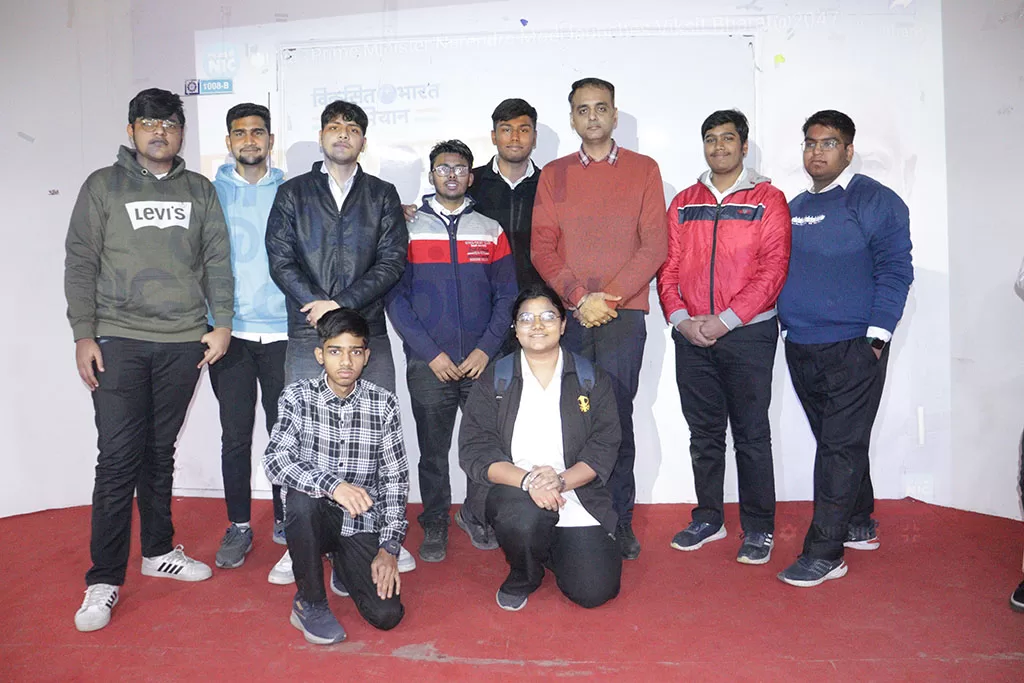
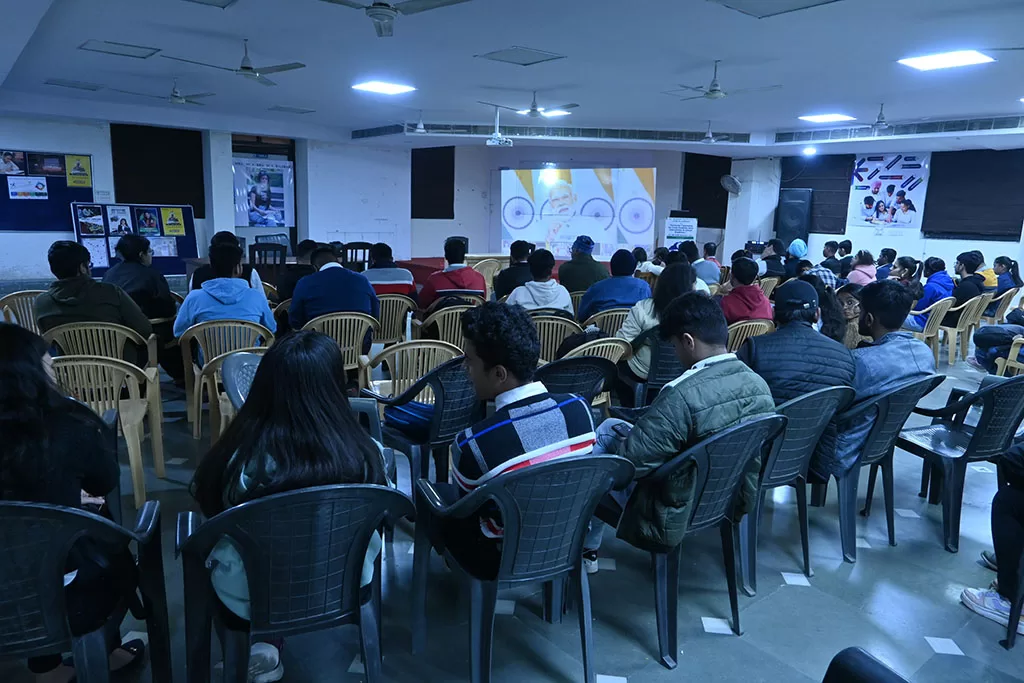
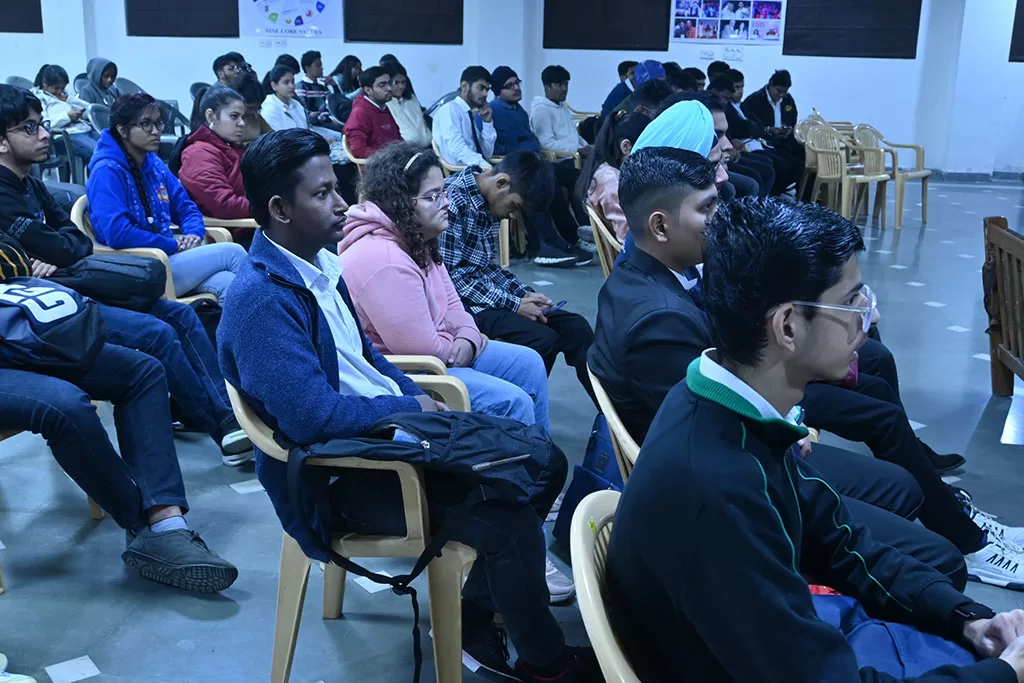
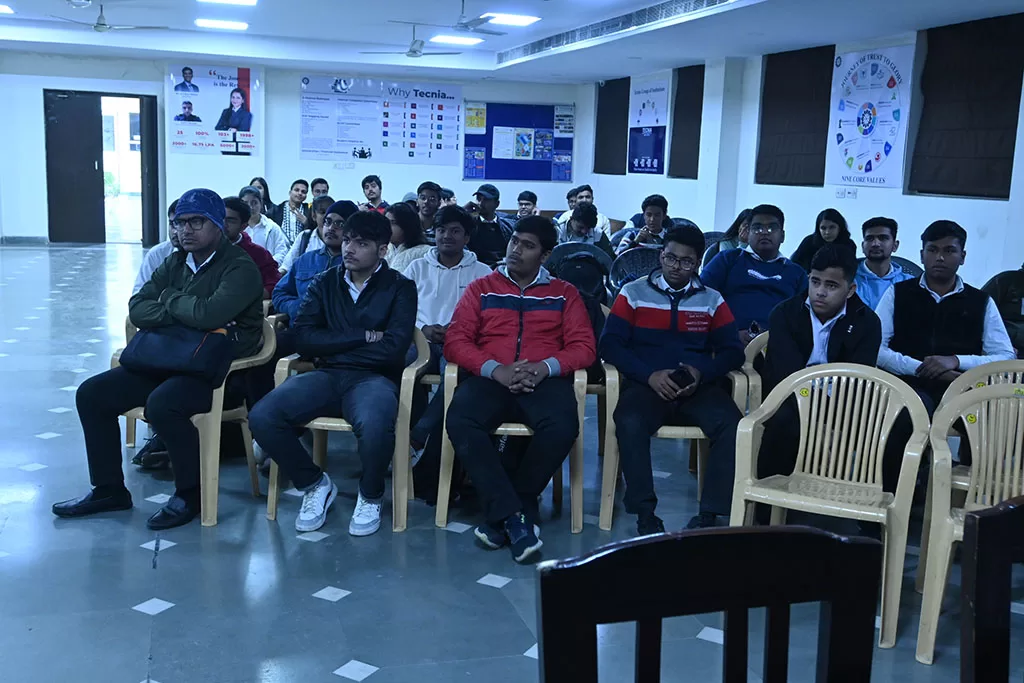
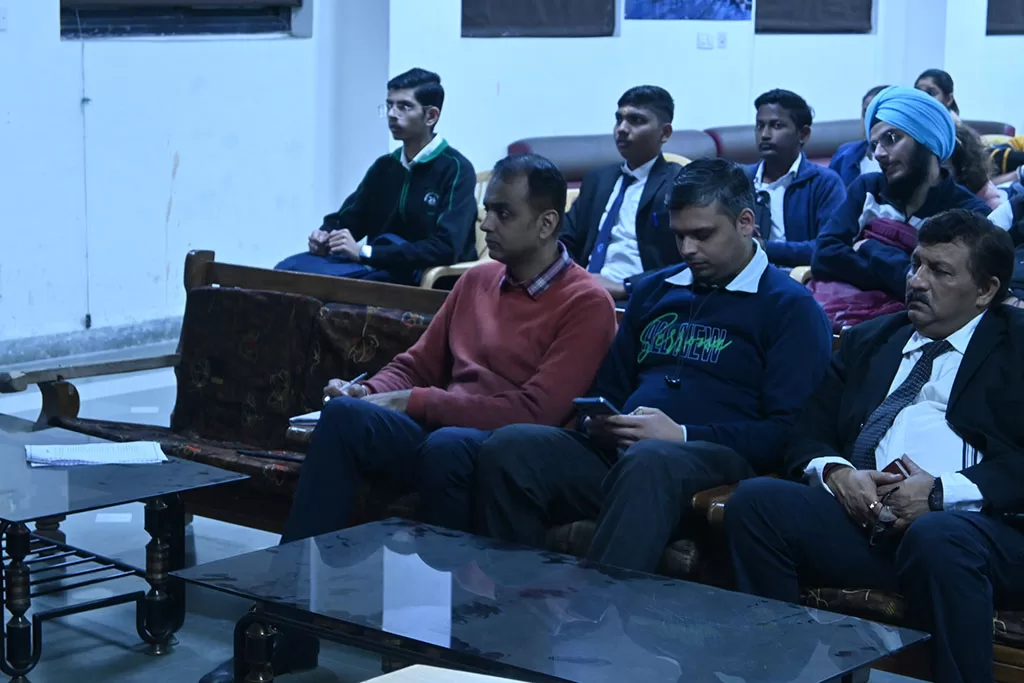
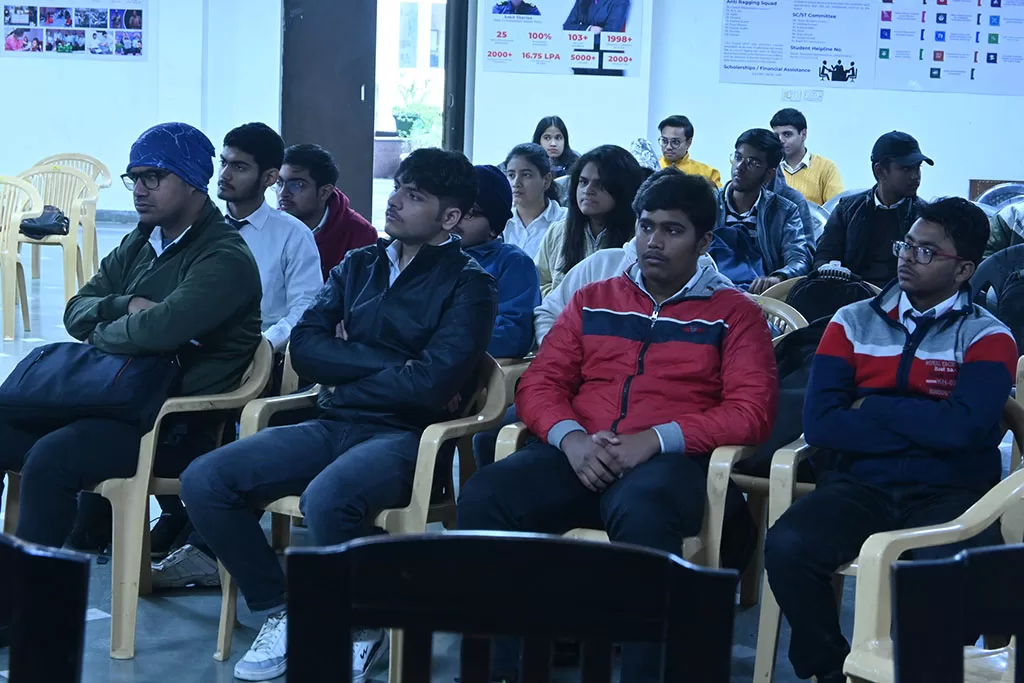






SOCIAL MEDIA Connect with US